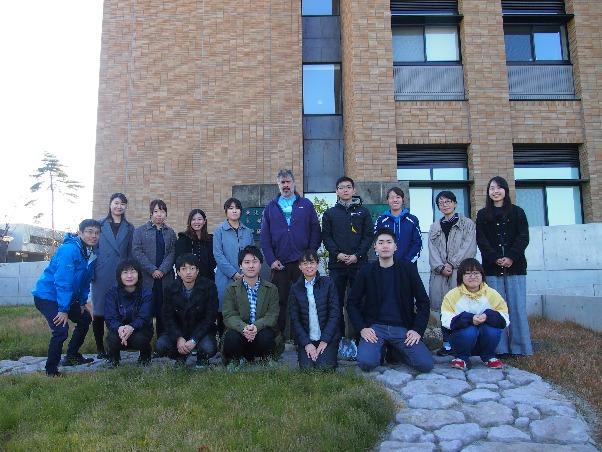It is not often that a person can say they are doing something that has never been done before but a local Utah State University Uintah Basin associate biology professor can say just that. Charles Hanifin has spent twenty years, starting when he was a graduate student, developing an interest in “the coevolutionary relationship between toxic newts and the snakes that eat them.” While it was a topic of interest, USU’s lab did not have the resources and expertise to help Hanifin further his studies so he had to wait for a joint grant from the National Science Foundation and the Japanese Society for Promotion of Science. He spent time with Professor Mari Yostu-Yamashita learning the ways to measure tetrodotoxin (TTX) and 6-epitetrodotoxin in the only lab in the world that is set up to accomplish the process. Two decades later in October 2019 he returned to the facility in Japan and returned with 700 micrograms of the substance, which is the highest quantity of purified toxin ever collected that is only found in select newts. “No one has tested toxicity of these compounds and no one has tested the resistance of snakes,” shares Hanifin. “We hope to identify why the toxicity levels of newts vary compared to other marine animals and if environmental factors and natural selection make an impact, or if the newts are evolving to adapt to increased evolutionary resistance to the toxicity of their predator, the snake.” Hanifin will conduct his study over the next few months in which he “will be using electrophysiology to generate synthetic snake sodium channels. Using frog eggs to make the channels, they will study the impacts of exposure to the 6-epitetrodotoxin.”




